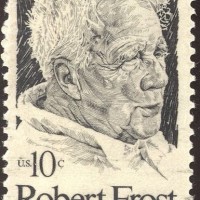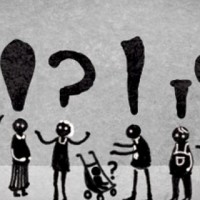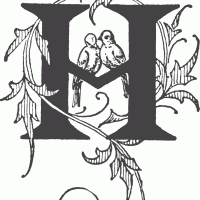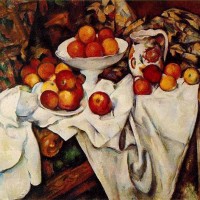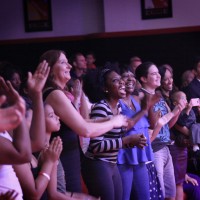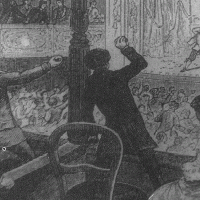I talk in order to understand; I teach in order to learn. ~Robert Frost As I wrote in my last post, the Arts Talk model envisions an environment where a variety of forms of talk, from dialogue to discussion to debate, are not only possible but also are common. While dialogue as a mechanism for achieving consensus and greater understanding is a key goal for engendering engagement around the … [Read more...]
Archives for 2014
The Talking Cure, Part II (discussion and debate)
Conversation is a way of cooperating with other people in a public way. It is a reciprocal undertaking. In participating in a spontaneous social conversation, for instance, we engage in a culturally determined and understood set of rules (you talk and I listen, then I talk and you listen). The word itself refers to a structure of turn-taking between speaker and listener. The Latin roots—conversari … [Read more...]
The Talking Cure, Part One (networking)
Talk defines our culture and our daily lives (an average person talks from six to twelve hours per day). In the next several posts I’m going to explore the nature and function of talking and ask some key questions about the role of productive talk in creating a more vibrant arts ecology. As I argue in Audience Engagement and the Role of Arts Talk in the Digital Era, productive talk (whether it is … [Read more...]
The H Word
“Hospitality” is a new buzz word in the arts right now—a by-product of a surrounding participatory ethos in leisure activity and the attendant urge to open our doors in new, more friendly and generous ways. I’m all for it. I love Mixed Blood Theater in Minneapolis’ adaptation of the concept of “radical hospitality,” a term with roots in both spiritual and feminist practices. At Mixed Blood, … [Read more...]
Odious Comparisons: Arts and Sports
Yes, I know. Apples are apples and the arts aren’t sports. I’ve been writing and giving talks about what the arts and sports have in common and what our industry can learn from the sports industry for over a decade now. I still receive a fair amount of resistance to the comparison from my fellow arts workers (sports fans are primarily interested in competition, not aesthetics; the sports … [Read more...]
Whose Audience?
Or, should I ask: who’s the audience? I launched this blog in late January, but up to now I haven’t really discussed the considerable complication associated with use of this word. I’d like to begin to do that with this post. In English-speaking contexts, the term audience (from the Latin auditorium, or hearing place) is generally interchangeable with spectator (from the Latin specere, to … [Read more...]
Replacing Gatekeeping with Cultivating
Using the word “gatekeeper” is getting me into a bit of trouble lately. I see why. It’s a loaded image—one that suggests control for the sake of control; power as an object rather than a means. But the truth is, the recent history of the interpretive environment surrounding the serious arts is to some extent a story of control and power. As I wrote in my last post, the history of sacralization … [Read more...]
Raising Up the Masses?
In the launch to this blog on January 27, I asserted a hyphothesis: the more audiences are invited to participate in social interpretation the more sophisticated and adventurous arts consumers they will become. This hypothesis is based on an observable problem and a proposed solution. The problem: It is widely agreed that we’ve been delivered into a live + digital world where we expect to be … [Read more...]
The Only Thing New in the World is the History You Don’t Know
It may be hyperbolic, but there’s something important embedded in this oft-quoted Harry Truman line. For me, studying the past (and analyzing it) is a way of thinking. And when we think with history, to evoke cultural historian Carl Schorske, we learn to apply the complexities of the past as a means for orienting ourselves to the complexities of the present. So here’s the history lesson: social … [Read more...]
Not Against Interpretation
In my opening post, I posited that the deep pleasure of arts going is located in the meaning making process (and not solely in spectating/moment of reception). I want to use the next several posts to point to both historical and contemporary behaviors as a way to explain this concept and to engage with readers’ comments. In Art and Intimacy: How the Arts Began, evolutionary anthropologist Ellen … [Read more...]

